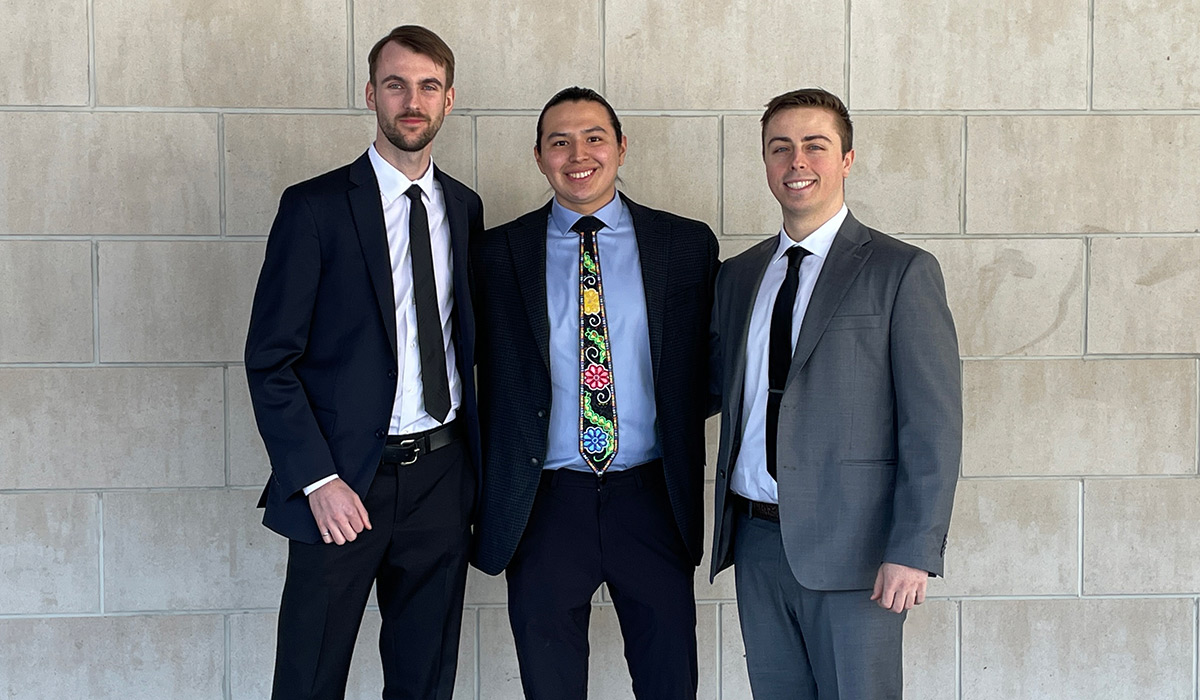Laparoscopic surgery, a procedure where long thin instruments are inserted into the abdomen through slits as tiny as two to three millimeters long, has quickly become the go-to approach when it comes to pediatric surgery – and for good reason.
Guided by a narrow wand equipped with a camera and light called a laparoscope, this remarkable minimally invasive technique allows surgeons to take diagnostic images, stitch up tissue and even remove a whole appendix – all with less pain, fewer scars and shorter hospital stays for young patients.
But while the procedure offers significant relief for children, families and our overburdened hospitals, laparoscopic technique itself is incredibly challenging. This is because, unlike in traditional open surgery, surgeons performing laparoscopies can’t directly see where they’re operating. Instead, they must learn to carefully navigate sharp tools around a toonie-sized internal area entirely via video feed.
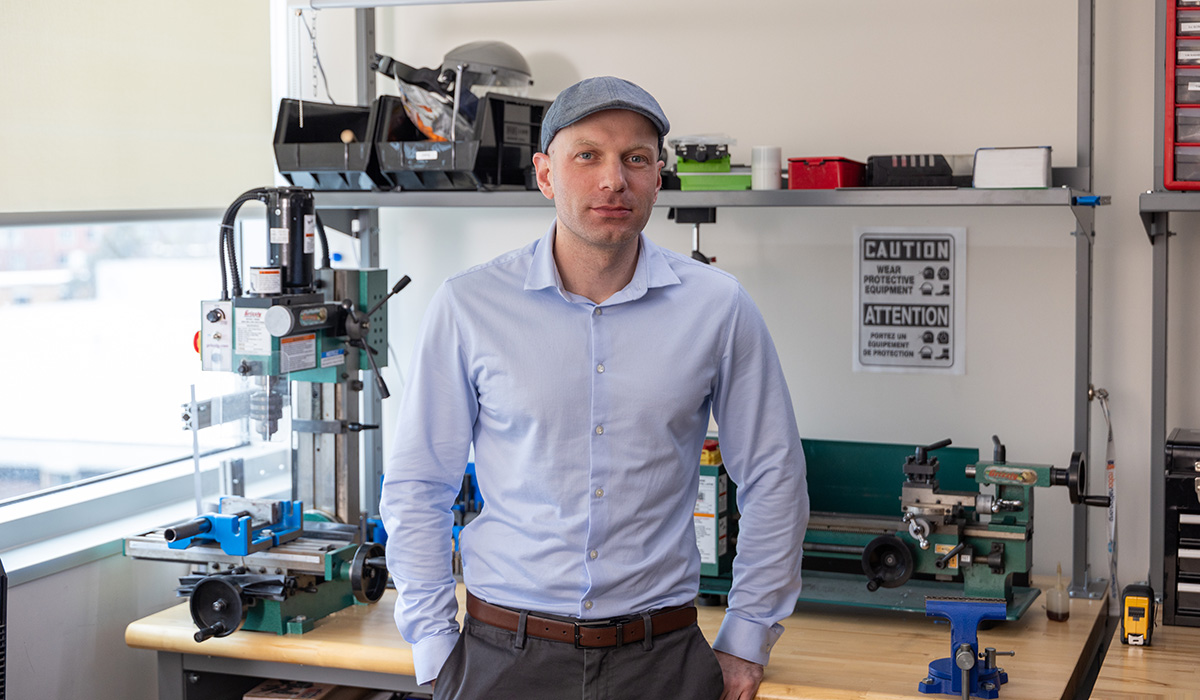
Thankfully, with support from a $150K innovation grant from Ontario Health, two pediatric surgeons have joined up with Carleton University engineering professor Carlos Rossa and a team of engineering undergraduates to develop a cyber-physical simulator that uses machine learning to help surgeons-in-training quickly acquire and hone their laparoscopic skills.
“When performing laparoscopic surgery, you’re looking at a two-dimensional image, but operating in 3D space. The simulator helps surgeons develop that special skillset before moving to real patients,” says Rossa.
While still in the prototype phase, the simulator already shows incredible promise as an effective and accessible teaching tool for the next generation of Canadian pediatric surgeons.
Remote Training Convenience Meets Machine Learning Precision
Some years ago, pediatric surgeons Drs. Ahmed Nasr and Georges Azzie developed a program to train their residents on the fundamentals of pediatric laparoscopy using a combination of in-person supervision and simulated surgery.
When they decided to take the program to the next level, says Nasr, division chief of pediatric surgery and researcher at CHEO, a pediatric healthcare and research centre in Ottawa, “the first place that came to my mind was Carleton University engineering.”
“You don’t want new surgeons learning in the operating room – you want them coming in already as trained as possible,” says Nasr.
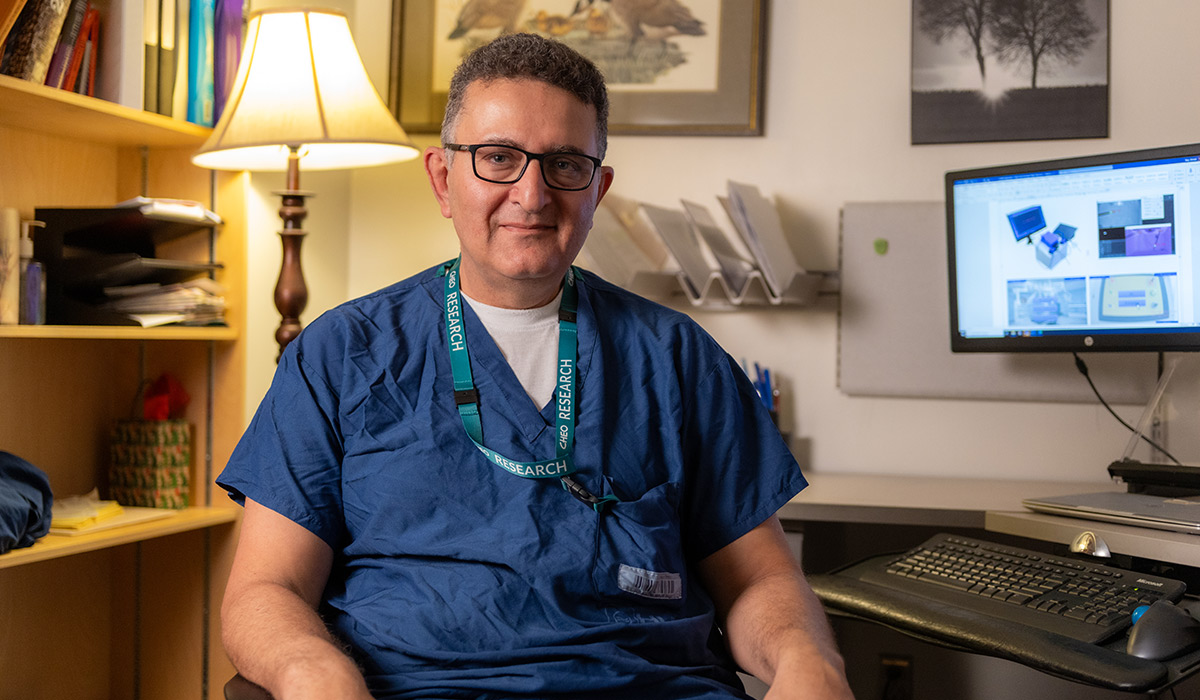
In the time since, Rossa and his research team – a talented roster of Carleton engineering students working on the simulator as their fourth-year capstone project – have come up with creative solutions to help trainees build up the dexterity required to master this procedure.
Notably, this year’s cohort of researchers from the biomedical and electrical engineering program have incorporated machine learning algorithms into the simulator. The algorithms assess how well trainees perform fundamental laparoscopic techniques compared to the precise movements of an experienced surgeon.
Using the simulator, trainees maneuver surgical tools within an enclosed box and perform tasks guided by a computer monitor displaying what’s going on inside “the patient’s body”. Each gesture is then recorded, analyzed and assessed using artificial intelligence.
The team is now using machine learning to detect and label gestures – tool movement, hand positioning and force. Then the gestures are evaluated against those of a surgeon, providing the trainee with an ideal performance to match and areas to improve.
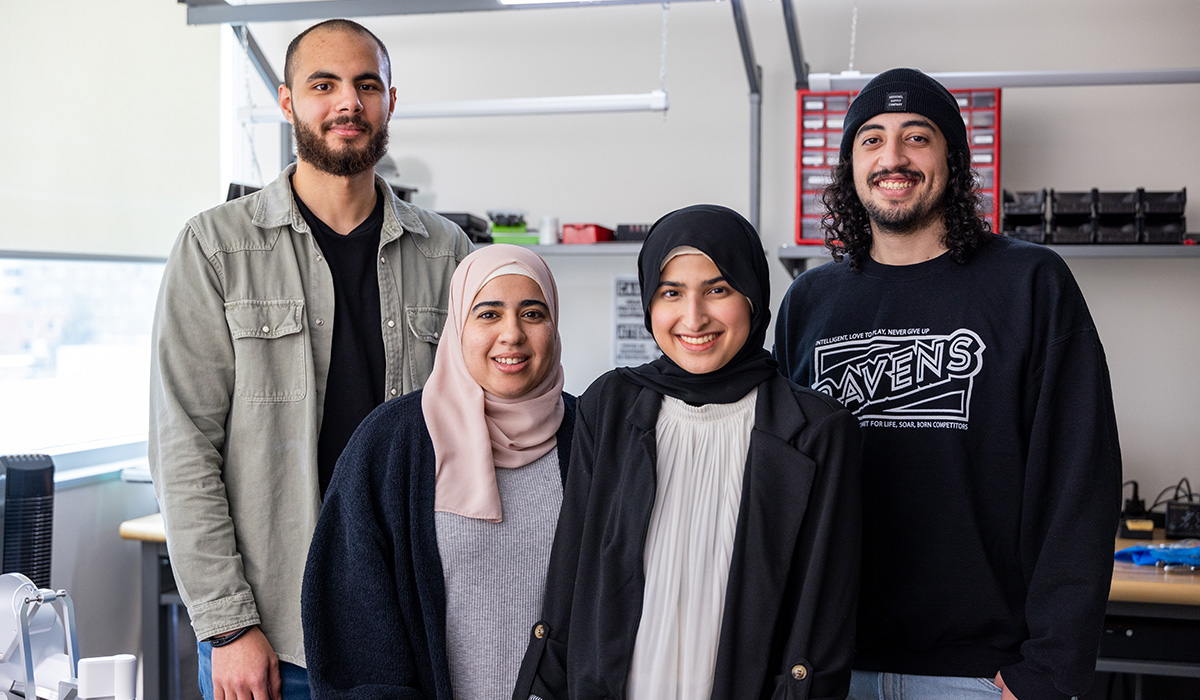
As a result, for the first time ever, trainees can practice laparoscopic techniques without in-person supervision from a senior surgeon, saving universities and hospitals time and money.
Engineering Crucial to Future Surgical Advancements
As the team works together towards a final prototype, all parties are confident that a collaborative approach will continue to yield strong results.
“It was a valuable experience to produce something using engineering methods for clinical application,” says Titus Priscu, a Carleton grad who worked on the simulator last year. “We never would have believed that we’d be working with some of Canada’s leading pediatric surgeons in our final year at university.”
“We set up an initial meeting to discuss our wishlist and see what the engineers at Carleton had to offer,” recalls Azzie, program director of pediatric surgery at SickKids Hospital in Toronto.
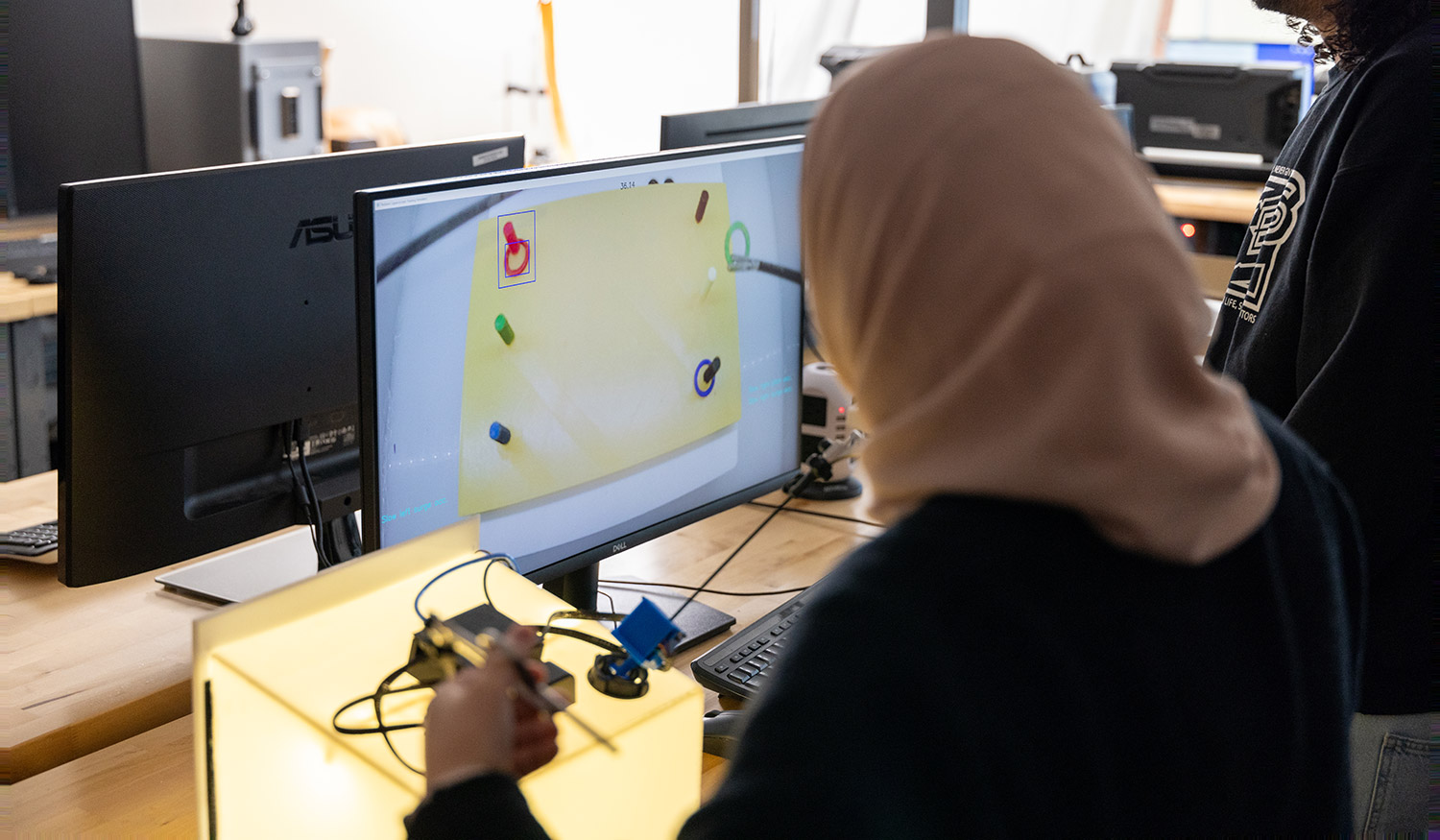
“The results have been fabulous – the students come to the table with problem-solving skills and ideas that would have never crossed my mind.”
“Surgical advancement has very little to do with surgeons themselves and everything to do with biomedical technology. We have the same hands and fingers that we had 1,000 years ago; it’s the tools that engineers give us that help us advance the field,” says Azzie.
Nasr plans on inviting the student researchers into the CHEO operating room, so they can further integrate the realities and details of that space into the simulator.
“I think this sort of collaboration should be available to all physicians seeking to develop medical technologies,” he says, describing how he hopes to see the simulator become part of the national requirements for surgical training accredited through the Royal College of Physicians and Surgeons.
“The implications are great, not just for Canada, but especially low-income and resource-restricted countries. We’re dedicated to having this technology open and available to everyone.”
